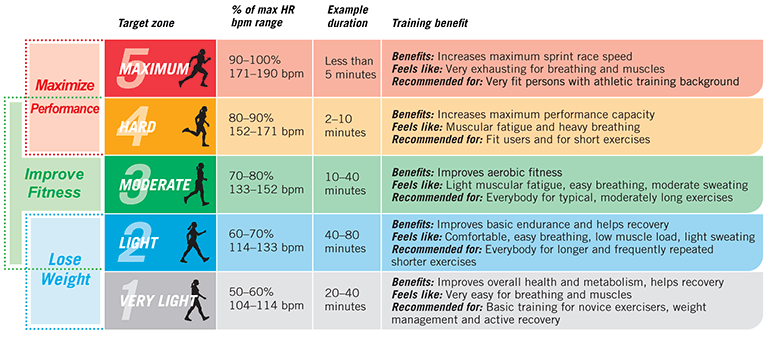The Journey Fitness Co. training programme, put together by co-founders Ben Pulham and Jon Fong, comprises of a fair bit of rolling hills training sessions or hill reps. For example, an average of about three sessions a week, out of the four weekly sessions, I will be doing hills.

Hill running is good training to build strength.
Photo by www.stokefit.co.uk
Why are they important
Hill reps and running on rolling hills are generally important to runners, because they help to improve your muscle endurance as well as your overall running strength.
Over time too, they will improve the frequency and length of your running stride and make you into a more powerful runner so that you will not be as fatigued or tired when you push on in the latter stages of a marathon.
What do rolling hills runs comprise of?
Basically, rolling hills comprise of constantly running up and down hills throughout the the entire session, which can range from between 45 to 60 minutes. In flat Singapore, it may be difficult to find rolling hills for such a long duration.
So what I have been doing is to either run loops around a relatively hilly road or during the last few weeks because of the haze, I have been completing my hill reps on a treadmill. However, I must admit that the treadmill option can be pretty boring, as you are looking at the same scenery all the time.
Alternatives to running on hills
If the place that you are living in has absolutely zero hills though, then it may help to do strength sets i.e. squats and walking lunges or substitute your hill reps with stair climbing sessions.
The best way to do hill training, according to Journey Fitness Co, is to go off-road and run on trails as running on this is easier on the body and the joints as compared to gravel or cement running. At the same time, the uneven texture of the trails will also provide some form of resistance and thus strengthen you as a runner.
Get the heart rate pumping in the intended zone
To run up hills, what I have been doing too, is to try and get my heart pumping in the lower part of the heart rate zone that I am supposed to be running at. This is because I have found that my heart rate naturally increases as I go up hills.
However, as I keep on running, I admit that it can sometimes be hard to keep the heart rate down, as these repeated hill reps can really spike the heart rate after several minutes of running. This can be exceptionally hard to control, especially when I have to build up to a ‘Moderately Hard’ heart rate when I run up hills, but complete the rest of the run in the ‘Steady’ zone. Sometimes I admit that I have made the mistake of starting up the hill too fast, but I think that I may be gradually getting better at controlling this.
Using the downhills to relax
I have also found that if you have to be reduced to walking to get the heart rate back down into the intended zone though, especially during the downhill segments, then I would go ahead, if this really calls for it. You do not want the heart rate to be jumping all over the place and across multiple zones, as this will defeat the whole purpose of the training session in the first place.
In fact, I have found that this is what the downhills are good for – to relax and try and bring the heart rate down. Sometimes I would slow my pace during the downhill sections and in-between the hills, so that my heart rate has a chance to return back to its ‘Steady’ zone.
Hoping to see improvements in time
I have no doubt about the eventual benefits of training on hills and I hope to see improvements in time for the StanChart Marathon. I’ll keep my fingers crossed though, as we are now less than one and a half months away to the race date.


Leave a Comment